Is your house infested with mold? You may not be able to detect it visually since mold is not always present in open spaces.
It usually occupies hidden nooks and crannies, staying out of sight until it grows larger and presents more challenges to the homeowner.
Mold smell is the telltale signs of mold infestation on buildings or other furniture. Early detection may save the infested area from structural damages.
However, there are various descriptions of its smell. Describing precisely what does mold smell like may not be easy.
Let’s check several mold characteristics to be able to detect it early.
Various descriptions of mold smell
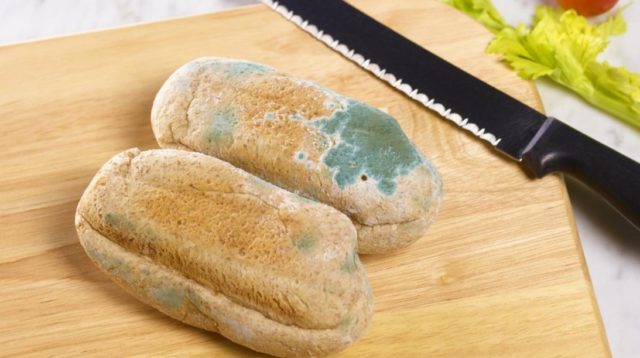
Have you ever been in a forest? The earthy, damp, humid, loamy smell, when you pass by a decaying wood, is the closest description for mold odor.
However, the outdoor condition makes it less stuffy. You could still breathe fresh air in the forest. Another example is the smell of dirt covered by decaying leaves.
Some people also describe it as wet and dank, similar to the smell of dirty wet socks. If you encounter this kind of odor in a place where the wet sock is unlikely—your kitchen cabinet, for example—beware of mold presence.
Another description is aged or old, like sniffing through an old book in the poorly-treated library. It could also be a little dusty, powdery, and ticklish to the nose.
If your storage room or attic smells like this, perhaps it has been infested with mold, particularly if you store cardboard box, unused book, or paper items. In this case, the odor may smell ‘dry,’ not wet or damp like other descriptions.
Stale is another description to call mold odor. Indeed, the fuzzy cluster on your stale bread is mold.
The rotten, pungent smell or some people describe it as ‘cat urine smell’ sometimes is detected from the slimy mold. If this is the case, stop sniffing. It could be a black toxic mold. Use a proper mask to inspect the area and call professionals.
Why mold smell varies greatly?
Mold release a volatile substance which is called microbial volatile organic compounds (MVOC). It easily diffuses into the air and fills the room with a certain smell. Those MVOCs secreted by mold might differ according to their species.
Another factor may play a role in creating mold smell. For example, the substrate in which mold resides. Water source, the presence of sunlight, relative humidity, and room temperature also contribute to mold odor.
The presence of other microorganisms is also another factor. Another organism may produce substances which interact with volatile mold compound and create a different smell. That’s why it is difficult to define what does mold smell like exactly.
Not every mold smells moldy
Not every mold produces MVOC. Moreover, an even mold that produces MVOC itself may stop producing it at certain condition.
If temperature or humidity in the room is not suitable for producing MVOCs, even MVOC-producing mold will not release the gas. Therefore, you might have mold problem without smelling anything strange in your room.
Body reaction to mold smell
Mold smell in itself is not always dangerous—except for some mold that produces mycotoxin. However, if you smell mold odor, most likely the spore is present in the air as well. The spore is more hazardous for health compared to the smell.
Some people also develop hypersensitivity to mold smell. They may experience dizziness, watery eyes, or sneezing.
It is possible for people whose house infested with mold to feel better when outside their home without knowing that mold is the cause.
Don’t let your nose get used to it
Some people sometimes get used to the smell and do not feel anything strange, particularly if they stay indoor most of the time.
Therefore, when you suspect mold at home, go outside and get some fresh air. You may be able to detect the smell better afterward.
Can you follow the smell to spot mold location?
It is not recommended since you wouldn’t know if the smell is toxic or not. However, you can always feel the place where the smell is strongest.
You can put on your mask, and try to inspect it. Use a flashlight to inspect dark corner. To be safe, also use an N95 mask which can filter the spores.
Favorite places for mold
Mold lurking in hidden places. You may find it behind furniture. One of its favorite places is behind kitchen cabinet and around the shower or sink. It could also live under carpets, or inside ventilation and heating ducts.
Mold smell on front-loading washing machine
Front loading washing machine sometimes smells moldy. Because it has several parts which stay wet after being used, you can use one part of water and one part of bleach to wipe around the gasket.
Mold smell on unused books
Books or paper items which haven’t been stored properly can be the homes for mold. Storing them in an unventilated basement or attics can promote mold growth.
Even if you have removed the mold, the smell may stay. Sprinkle talcum powder on them and leave overnight. Clean them with a dry towel next day to remove the excess talc. You can also dry them under the sunlight.
Health problem of mold smell
Mold has an unpleasant smell, and you certainly want to get rid of them. But the most important thing is the potential health problem it can create.
Some people have reported asthmatic reaction or neurological symptoms. They also experience a migraine and dizziness.
Greater hazards, of course, come from the mold itself, which may cause pneumonia, sore throat, allergic reaction, inflammation, and even digestive problems.
Removing mold doesn’t necessarily clear its smell
MVCOs cause mold smell. The longer it stays in the air, the more chance it permeates other things in the room, for example, clothes, curtains, or carpets. The smell may stay longer even when the mold has been eradicated.
How to control mold smell
The more important thing, of course, is to eradicate the mold. After that, expose the room/furniture/clothing to sunlight. Ventilate the room adequately. Let the fresh air in as much as possible.
The use of freshener may help, but remember to get rid of the mold first. Don’t use it only to mask the bad air without treating the source.
In conclusion, knowing what does mold smell like is just the first step. Treating the bad odor is secondary to removing the source.
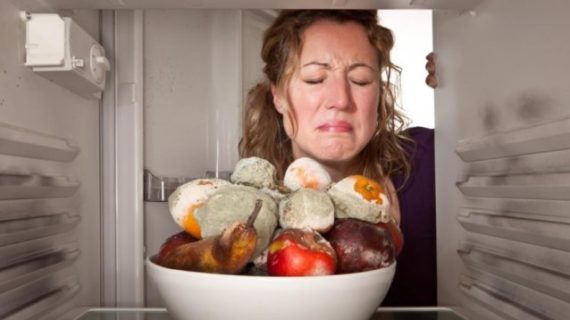
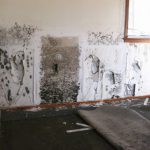
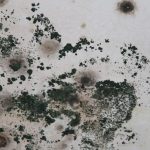

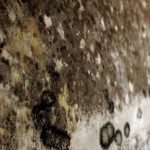
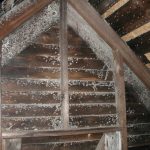
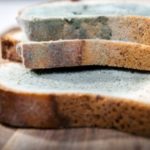
I looked up vinegar and water ? We had a VERY Small leak from our washer *** BUT I believe there was BLACK MOLD already in our Bathroom *** NOW real Bad 😱My Brother used BLEACH on ceiling *** My mom is 83 disabled owns home / I’m Also on Disability ( What a pair ) VERY Short on $$$ ??
Ever since I moved into my new home last week, I found out that a lot of hidden spots in its rooms have a lot of molds, and I’m really frustrated about how it looks, especially since I suspect that there’s more of them inside the walls. I never knew that the mold smell I’m smelling is a symptom that I have an infestation on my hands. Perhaps I should look for a mold inspection company to help me out with this so that it can be fully removed from all its hidden areas.